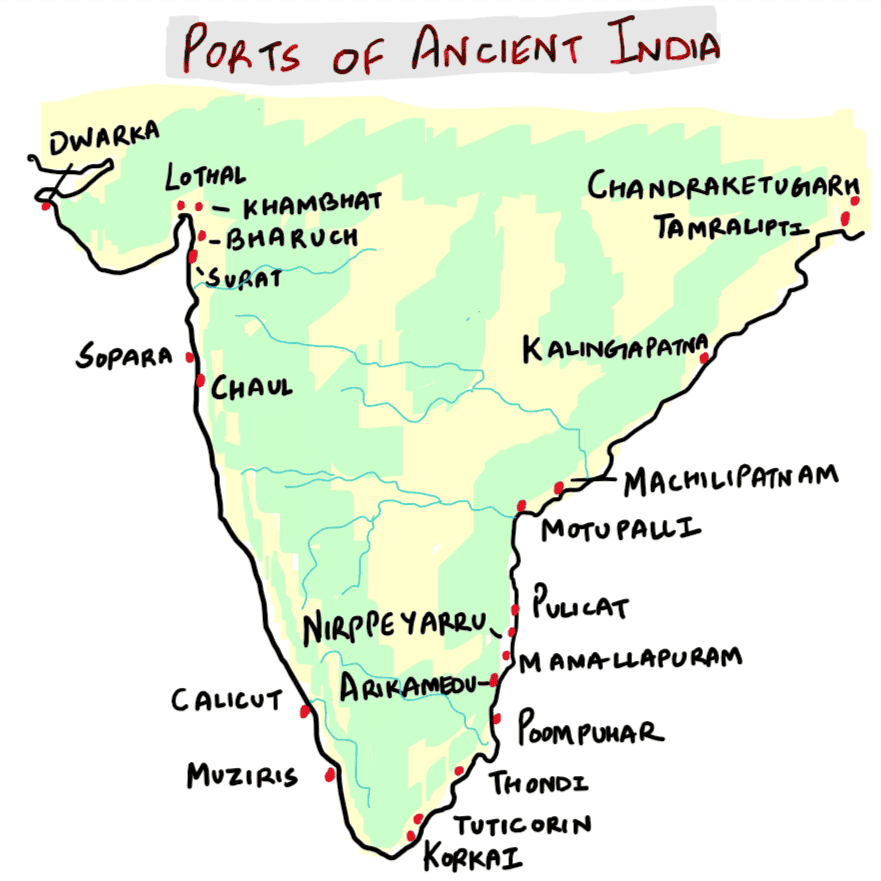UPSC Prelims 2020 Analysis
Subject-Wise MCQ Distribution
The UPSC Prelims 2020 maintained its dynamic nature, demanding strong analytical abilities across subjects.
- Environment & Ecology: 19 questions, emphasizing its crucial role in both the Civil Services Examination (CSE) and Indian Forest Service (Ifos) prelims.
- Economy: Emerged as the dominant subject with 21 questions, underscoring its foundational significance.
- Indian Polity: 15 questions, reinforcing its position as one of the most essential areas for aspirants.
- History: A well-distributed section with 3 questions from Ancient History, 2 from Medieval History, 9 from Modern History, and 5 from Art & Culture.
- Geography: 6 questions on Indian Geography, 1 on Physical Geography, and 1 on World Geography. Some questions required maps-based knowledge.
- Science & Technology: 13 questions, highlighting its increasing significance in the exam.
- International Relations: 3 questions, marking a decline from previous years but still requiring awareness of global affairs and India's foreign policy.
- Social Issues & Schemes: 2 questions, demonstrating the need for understanding government programs and their societal impact.

Difficulty Analysis
- Easy: 30 questions, requiring fundamental knowledge.
- Medium: 43 questions, designed to test deeper understanding and application.
- Hard: 27 questions, focusing on conceptual depth and critical thinking.

Variations in Question Framing
- Multi-Statement Based: 63 questions, testing analytical abilities through comparisons and logical deductions.
- Direct Questions: 37 questions, yielding approximately 74 marks.
- Assertion & Reasoning: Notably, no assertion and reason-based questions were asked this year.
- Match the Following: Several match the following type questions were present, assessing conceptual clarity across subjects.

Static vs Current Affairs Distribution
- Static Questions: 75% of the paper, reflecting the importance of mastering NCERT fundamentals.
- Current Affairs: 25 questions, many of which blended static concepts with contemporary relevance. Economics and Science & Technology, in particular, were influenced by recent developments, making it difficult to separate static from dynamic content.
Key Learnings for Future Preparation
The UPSC Prelims 2020 presented several challenges due to its unique question patterns and focus areas:
The exam was challenging and unconventional, requiring strong analytical abilities.
Heavy focus on Science & Technology, Environment, and Agriculture.
Topics like eco-friendly farming, biochar, and MSP were particularly tricky.
While current affairs played a role, most questions were static and application-driven, demanding a strong conceptual foundation.
Underrepresented areas included:
Key government schemes
COVID-19-related policies
International organizations
The unpredictability of the exam reaffirmed the need for:
Well-rounded preparation
NCERT-based conceptual clarity
Interdisciplinary approach was crucial, integrating multiple subjects effectively.
Subject-Wise Answer Key
QUESTION 1
Hard
Ancient History
Prelims 2020
With reference to the period of Gupta dynasty in ancient India, the towns Ghantasala, Kaduraand and Chaul were well known as
A. Ports handling foreign trade
B. Capitals of powerful kingdoms
C. Places of exquisite stone art and architecture
D. Important Buddhist pilgrimage centres
QUESTION 2
Hard
Ancient History
Prelims 2020
With reference to the history of India, the terms “kulyavapa” and “dronavapa” denote
A. measurement of land
B. coins of different monetary value
C. classification of urban land
D. religious rituals
QUESTION 3
Hard
Ancient History
Prelims 2020
With reference to the history of India, consider the following pairs:
Famous Place - Present State
- Bhilsa - Madhya Pradesh
- Dwarasamudra - Maharashtra
- Girinagar - Gujarat
- Sthanesvara - Uttar Pradesh
Which of the pairs given above are correctly matched?
A. 1 and 3 only
B. 1 and 4 only
C. 2 and 3 only
D. 2 and 4 only
